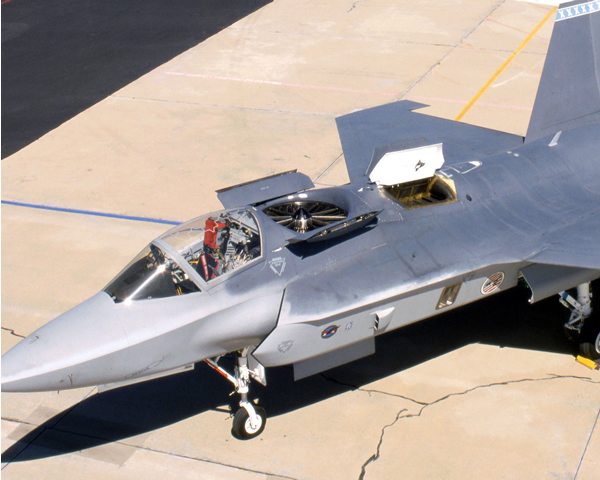US Defense Secretary Leon Panetta announced Friday that he is resuming a troubled program to build a short-takeoff and vertical landing variant of the new F-35 fighter.
The F-35B, the most complex and costly of the fighter’s three variants, has been beset by development delays and cost overruns.
The setbacks led Panetta’s predecessor Robert Gates to announce in January 2011 that he was putting the aircraft on probation for two years, and would cancel the program if its problems were not fixed.
The F-35’s other two variants — a conventional land-based fighter and carrier-borne version — were not affected.
At the Patuxent River Naval Air Station in Maryland, the home of the US Navy’s test pilot school, Panetta said “real progress” had been made and the threat weighing on the aircraft’s future had been lifted.
“We now believe that because of your work that the STOVL variant is demonstrating the kind of performance and maturity, that it is in line with the other two variants of the JSF,” he told a military audience that included employees of builder Lockheed Martin.
“The STOVL variant has made I believe sufficient progress so that as of today, I’m lifting the STOVL probation,” he said.
Panetta made no mention of the possibility that the number of F-35s acquired will be cut as part of efforts to shrink the US defense budget.
With the stealthy single-seater fifth-generation fighter, the United States hopes to assure its supremacy in the air for decades to come, notably against China, which flew its first stealth fighter a year ago.
But the program — the costliest in Pentagon history at $382 billion for 2,443 aircraft — has been slow in maturing. It will not complete testing until 2016, five years behind schedule.









